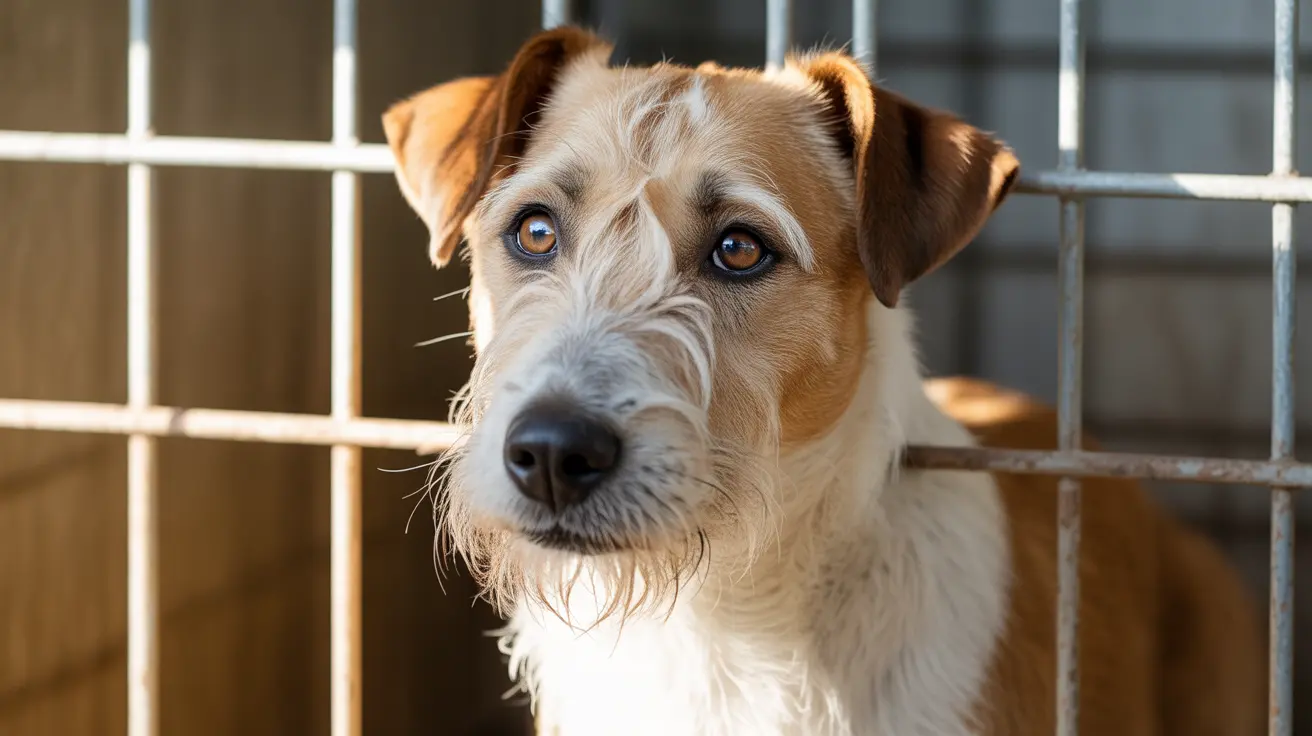Understanding What a Dog's Smile Really Means
As pet owners, we often anthropomorphize our dogs, attributing human characteristics to their behavior—especially when it comes to facial expressions. One of the most endearing is the so-called 'dog smile.' But what does a smile on a dog truly mean, and how can we correctly interpret it?
The Anatomy of a Dog Smile
A dog’s 'smile' typically involves a relaxed mouth, slightly parted lips, and visible teeth. Unlike an aggressive snarl, the corners of the mouth are not pulled back tightly. Other signs that accompany a genuine canine smile may include:
- Relaxed eyes: Eyes are soft and may be slightly squinted.
- Neutral or wagging tail: Indicates calm or happy disposition.
- Soft body language: Loose, waggy body posture rather than stiff or tense.
Is It Really a Smile?
Unlike humans, dogs don’t smile to express happiness or humor. Their smiles are more likely responses to relaxation, contentment, or mimicry of human behavior. Dogs are excellent observers and may mimic our smiles if they learn that it brings positive responses like petting or treats.
When a Smile Is Actually Stress
Sometimes what appears to be a smile may actually be a submissive grin or a sign of nervousness. These expressions can include:
- Closed lips pulled back showing many teeth—a sign of appeasement, not joy.
- Pinned-back ears—often indicates anxiety or fear.
- Tense body posture—contradicts the idea of relaxation.
It’s essential to observe the entire body language of the dog to accurately understand what their facial expressions mean.
Common Contexts for Dog Smiles
- Playtime: Dogs may 'smile' during or after vigorous play.
- After exercise: Panting can resemble smiling, accompanied by a loose, happy demeanor.
- Social bonding: In moments of calm affection, dogs might appear to smile as a sign of connectedness.
Distinguishing Smiles from Panting
Many pet owners confuse panting with smiling. While both involve open mouths and visible tongues, panting is a thermoregulatory behavior and is typically faster. In contrast, a smile-like expression is more static and accompanied by relaxed body language.
Breed Variations in Smiling
Certain breeds are more prone to exhibit smile-like facial expressions. For example:
- Golden Retrievers: Often exhibit a relaxed, open-mouthed expression resembling a human smile.
- Staffordshire Bull Terriers: Known for a wide 'grin' that is actually a submissive or affable gesture.
- Siberian Huskies: Their expressive faces and mouth shape can give an impression of smiling.
How to Respond to Your Dog’s Smile
If your dog flashes what appears to be a smile and their body is relaxed and happy, feel free to reinforce that behavior with positive interaction. However, if the expression seems forced or if the dog also shows signs of tension, it’s best to give them space.
When to Seek Professional Advice
If you're unsure whether your dog’s facial expressions indicate happiness or stress, consult with a veterinarian or a certified dog behaviorist. Understanding canine communication deeply can help avoid misunderstandings and strengthen your bond with your pet.
Conclusion
In most cases, a dog’s smile is a harmless and even affectionate expression. But it's crucial to read it within the context of the dog’s entire body language. Learning to interpret these signals correctly contributes to a more harmonious and safe relationship with your canine friend.





